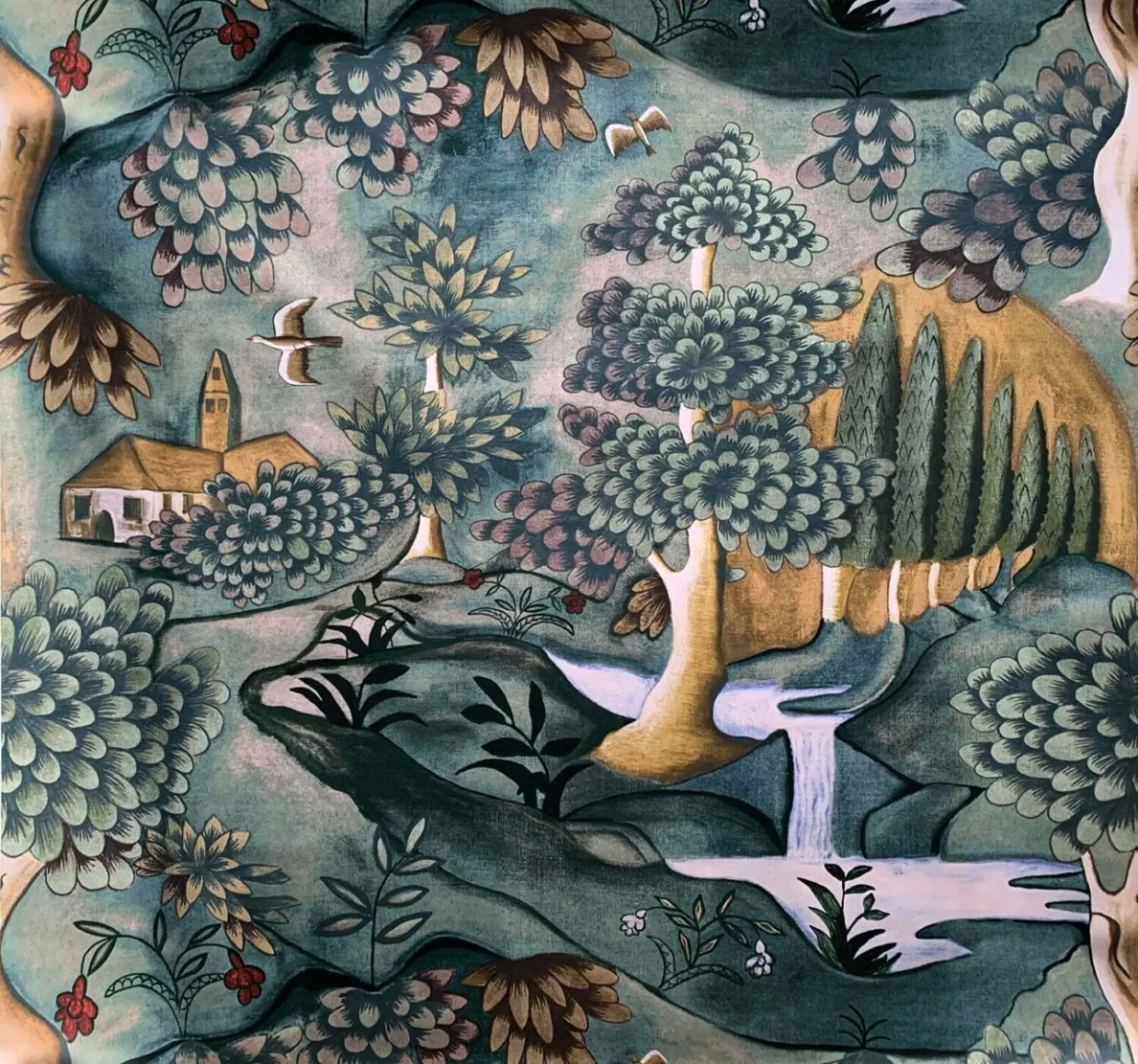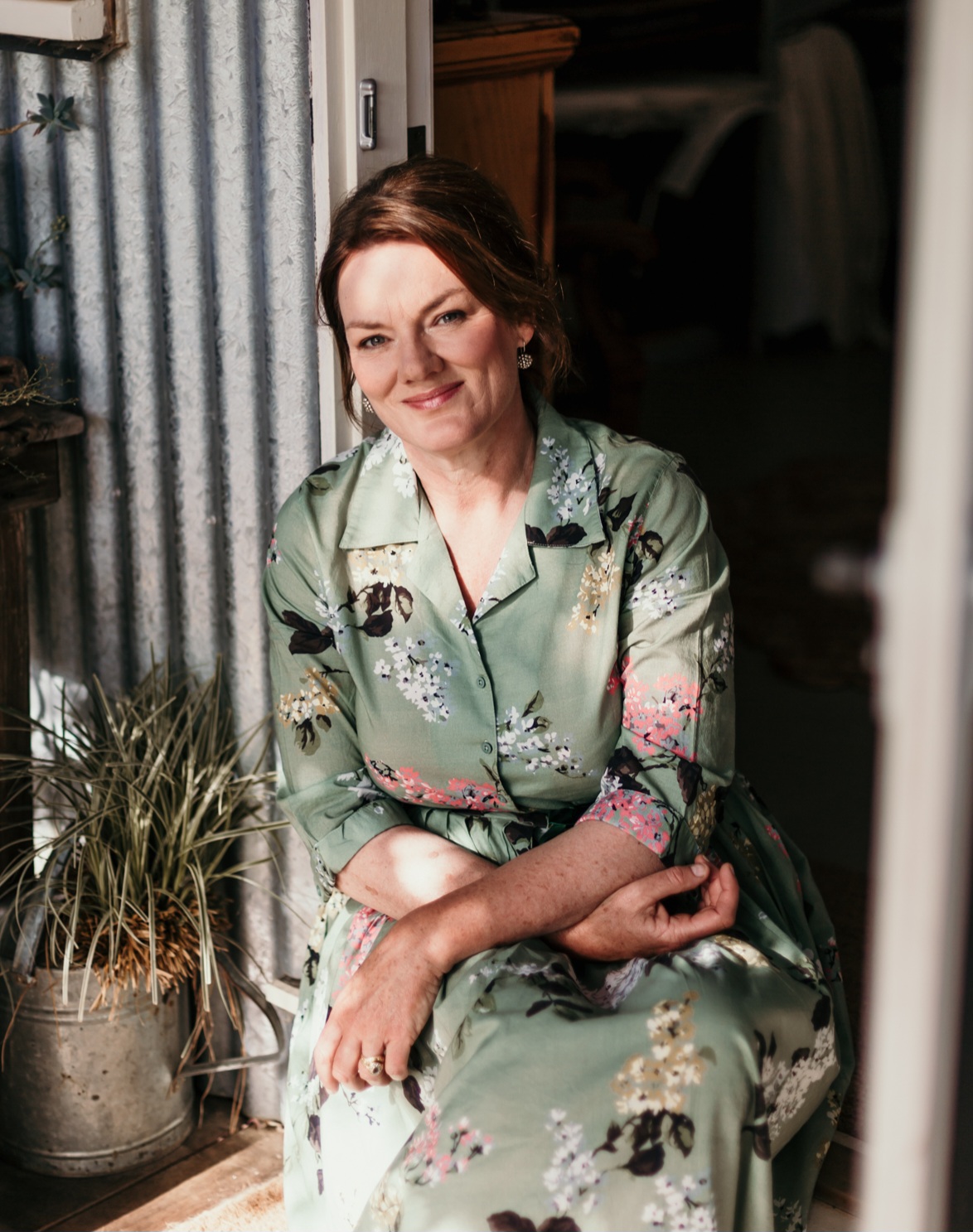
Colleen Southwell: <div>A World Within a World</div>
Slow down and explore the story and process behind Colleen Southwell’s layered paper botanicals, created to invite reflection and discovery.
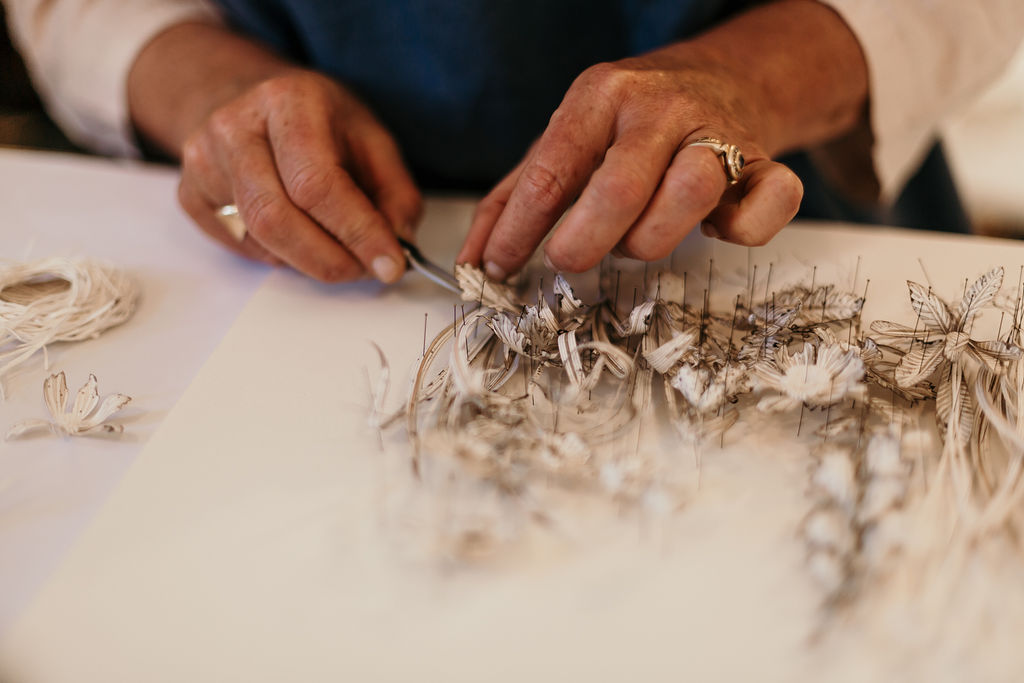
On the first floor of The Fifth Avenue Hotel, just near the tower elevator, a delicate field of handcrafted flora seems to float in midair. Thin paper stems lean this way and that, bright curled petals whirl unrestrained, and faint shadows drift softly behind each form. At first, the nameless piece feels calm and fragile, yet lean in a little, and a whole universe unfolds.
Australian artist Colleen Southwell created this artwork on commission for The Fifth, working in her signature style of intricate paper compositions. Deeply attuned to nature, she tackled the project with a sensitivity that mirrors our own flâneur spirit, leaving room for curiosity to breathe.
“I was intrigued by the intention and philosophy of The Fifth: the luxury of a place to pause and savour, the pleasures of wandering and discovery, and the treasures and memories collected along the way,” she shares. “These concepts felt so familiar and indeed, perhaps in a distilled form, they also underpin my art practice.”
LOOKING BACK TO LOOK CLOSER
To create something rooted in place (especially from afar), Southwell turned to the native flora of the American Northeast, studying what once grew wild long before this landscape became the New York City we know today.
“With the idea of a wandering place in mind, the landscapes and flora of the United States and particularly the Northeast, were the primary inspiration for the paper plant specimens I created for the piece,” she explains.
Southwell spent hours researching the forms and structures of native plants, only to discover that many already existed in her own backyard in rural New South Wales, Australia.
“I was hence able to use live plants for study,” she says, “so the button-centred daisy forms of rudbeckia, drooping petal skirts of echinacea, and recurved petals of ratibida that I find in my own garden, and that originate in the United States, all appear in my work. This connection between the project and my home made the process particularly special.”
For Southwell, the story of a place begins with what lived there first. “Every landscape—wild, cultivated, or urban—is woven with history and story,” she says. “New York City is, in itself, just one layer woven onto an ancient and complex landscape. Beneath it sits the quiet voice of the natural landscape upon which it rests. In a way, my artwork offers this quiet landscape and the lives that occupied it an opportunity to speak.”
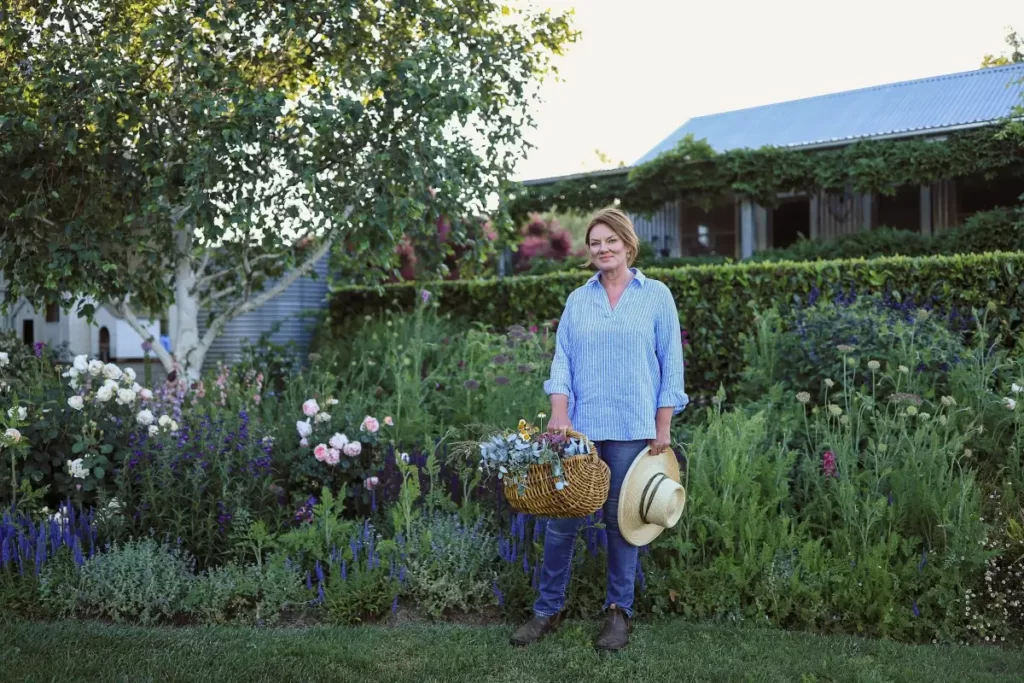
AN ARTIST, A GARDENER
With a background in horticulture and garden design, Southwell’s relationship with plants is one of observation, care, and deep respect. That perspective shapes the way she works with paper, too.
“Gardening is an act of caring. We are curators, not controllers, and we must be guided by place and landscape and the parameters they present,” she says. “As a professional artist, my approach is similar. My view is that nature is the ultimate artist, so I never intend to replicate plant species; rather, I use them to inspire, guide, and inform my work. I am an artist and a gardener, and without question, I could not be one without the other.”
While each element in the piece is created by hand from paper, pigment, and wire, there’s an organic flow that emerges only through the process. “As I move into the stage of pinning my work, it dictates to me where leaves should fall, how stems should lean, and roots twist. There is an energy in this process, and while the finished work is still and quiet, it has come from a period of germination and growth.”
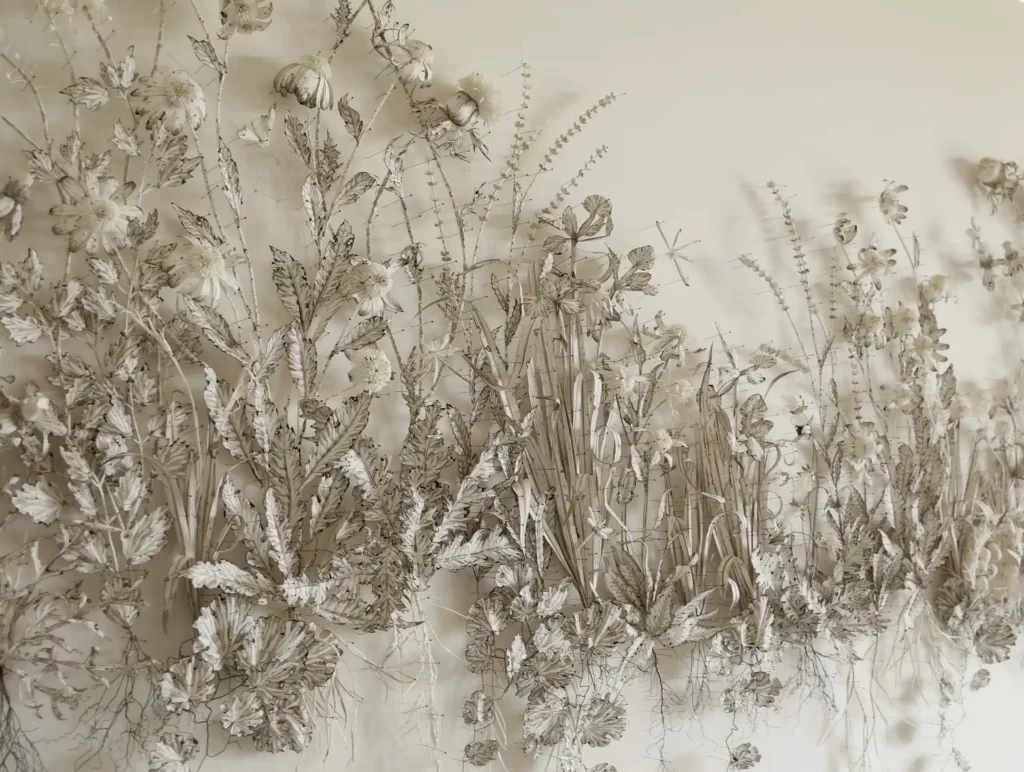
A MOMENT TO LOOK CLOSER
For Southwell, her piece for The Fifth was always meant to be experienced slowly and intentionally. There are layers that only reveal themselves over time, including textures, imperfections, and subtle signs of life.
“My hope is that the intricacy of the work draws people in, and that the more it is studied, the more is revealed. The artwork is presented as though taking steps through a landscape rich with life, imagining the abundance beneath each footstep.”
The use of entomology (the branch of zoology concerned with insects) pins adds scientific and emotional depth. “The pins suggest a specimen captured and kept, and intended for close observation and study. When presented this way, the subject is elevated to a place of importance and reverence, as it should be.”
In a city that rarely pauses, Southwell’s work invites a slower pace.
“Too often these days we expect immediate results, and to be an expert without practice,” she says. “The creation of something beautiful takes time, consideration, care, and patience; The Fifth Avenue Hotel experience illustrates this, and I hope guests also see this in my work.”
